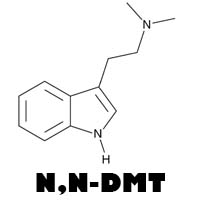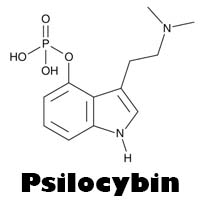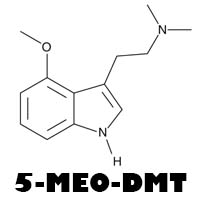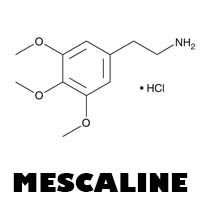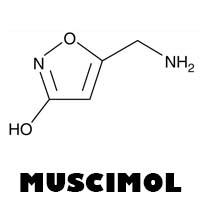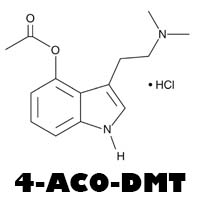Psychedelics and Counterculture Movements
Psychedelics have played a significant role in shaping counterculture movements throughout history. From the Beat Generation to the hippie movement and beyond, these substances have influenced social, political, and cultural shifts. In this blog post, we'll explore the relationship between psychedelics and counterculture movements, highlighting their impact on society.
The Beat Generation
The Beat Generation of the 1950s was one of the first counterculture movements to embrace psychedelics. Writers and poets like Jack Kerouac, Allen Ginsberg, and William S. Burroughs experimented with substances like mescaline and peyote to expand their consciousness and challenge societal norms.
1. Influence on Literature
The use of psychedelics profoundly impacted the literary works of the Beat Generation. Their writings often reflected themes of rebellion, spirituality, and the quest for deeper meaning, challenging conventional ideas and inspiring future generations of countercultural thinkers.
The Hippie Movement
The 1960s hippie movement is perhaps the most well-known counterculture movement associated with psychedelics. Substances like LSD and psilocybin became symbols of peace, love, and rebellion against the establishment.
2. The Summer of Love
The Summer of Love in 1967 marked the height of the hippie movement, with thousands gathering in San Francisco's Haight-Ashbury neighborhood to celebrate freedom and explore new forms of consciousness. Psychedelics were central to this cultural explosion, influencing music, art, and social activism.
3. The Anti-War Movement
Psychedelics also played a role in the anti-war movement of the 1960s and 1970s. Activists used these substances to promote peace and question the government's actions, leading to widespread protests and calls for change.
The New Age Movement
The New Age movement, which gained popularity in the 1970s and 1980s, also embraced psychedelics as tools for spiritual growth and personal transformation.
4. Emphasis on Spirituality
New Age practitioners often used psychedelics to explore altered states of consciousness, seeking spiritual enlightenment and healing. This movement emphasized holistic approaches to well-being, integrating psychedelics with practices like meditation, yoga, and energy healing.
Contemporary Counterculture
In recent years, psychedelics have continued to influence contemporary counterculture movements, particularly in the realms of technology, art, and wellness.
5. The Techno-Psychedelic Movement
The intersection of psychedelics and technology has given rise to the techno-psychedelic movement. Events like Burning Man celebrate this fusion, where art, music, and cutting-edge technology come together to create immersive, transformative experiences.
6. Psychedelic Renaissance
The current psychedelic renaissance, driven by renewed scientific interest and changing legal landscapes, is fostering a resurgence of interest in these substances. This movement seeks to integrate psychedelics into mainstream culture, emphasizing their therapeutic potential and promoting responsible use.
Conclusion
Psychedelics have been a powerful force in shaping counterculture movements, inspiring social change and challenging mainstream norms. From the Beat Generation to the current psychedelic renaissance, these substances have fostered creativity, spirituality, and activism. As society continues to evolve, the influence of psychedelics on counterculture movements is likely to endure, promoting new ways of thinking and being.
Suggested Images for the Blog Post
- The Beat Generation: Photos of key figures like Jack Kerouac, Allen Ginsberg, and William S. Burroughs.
- The Hippie Movement: Images from the Summer of Love and anti-war protests.
- The New Age Movement: Pictures depicting New Age practices and psychedelic exploration.
- Contemporary Counterculture: Photos from events like Burning Man and modern psychedelic art installations.
- Psychedelic Renaissance: Images of contemporary psychedelic research and therapy sessions.
